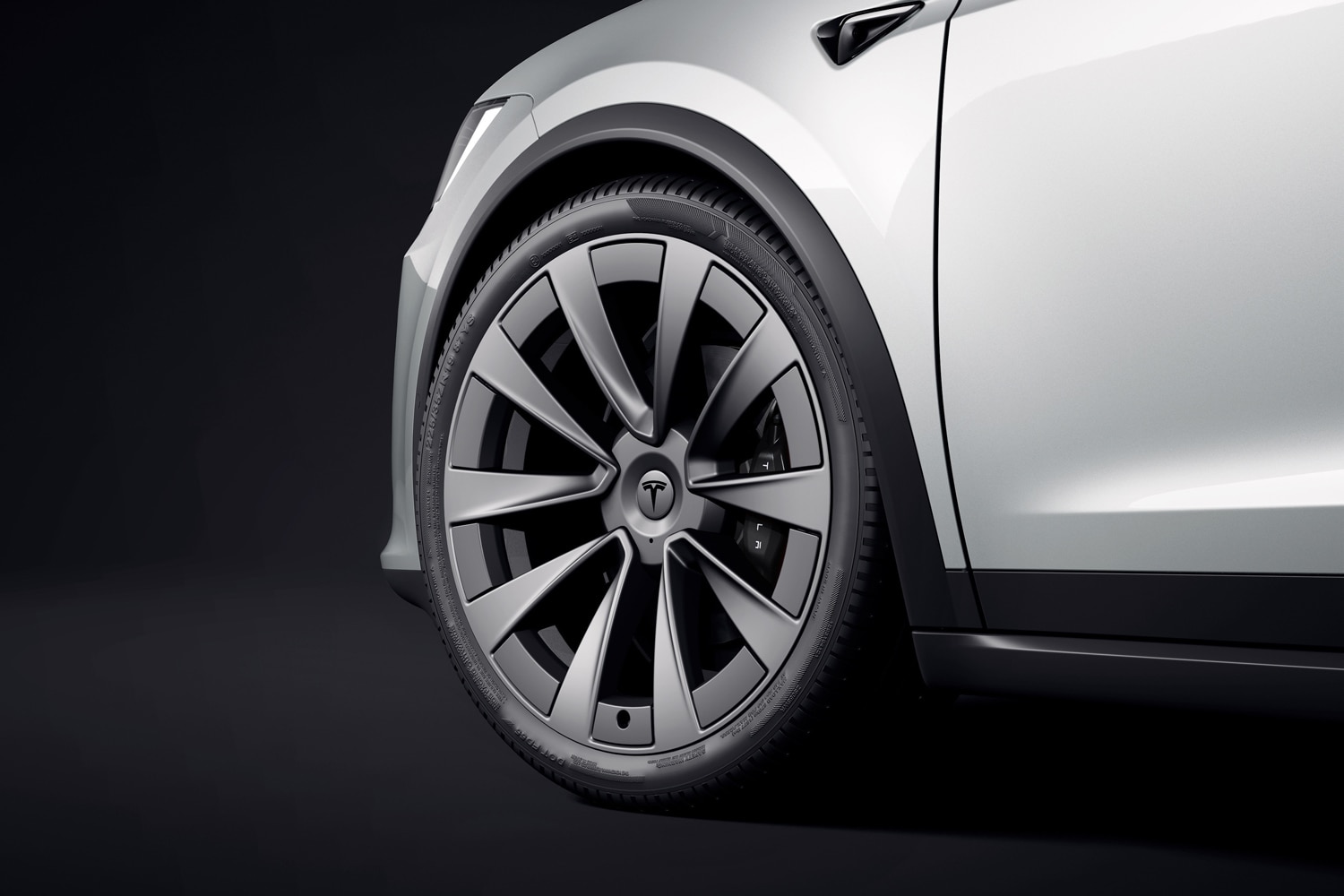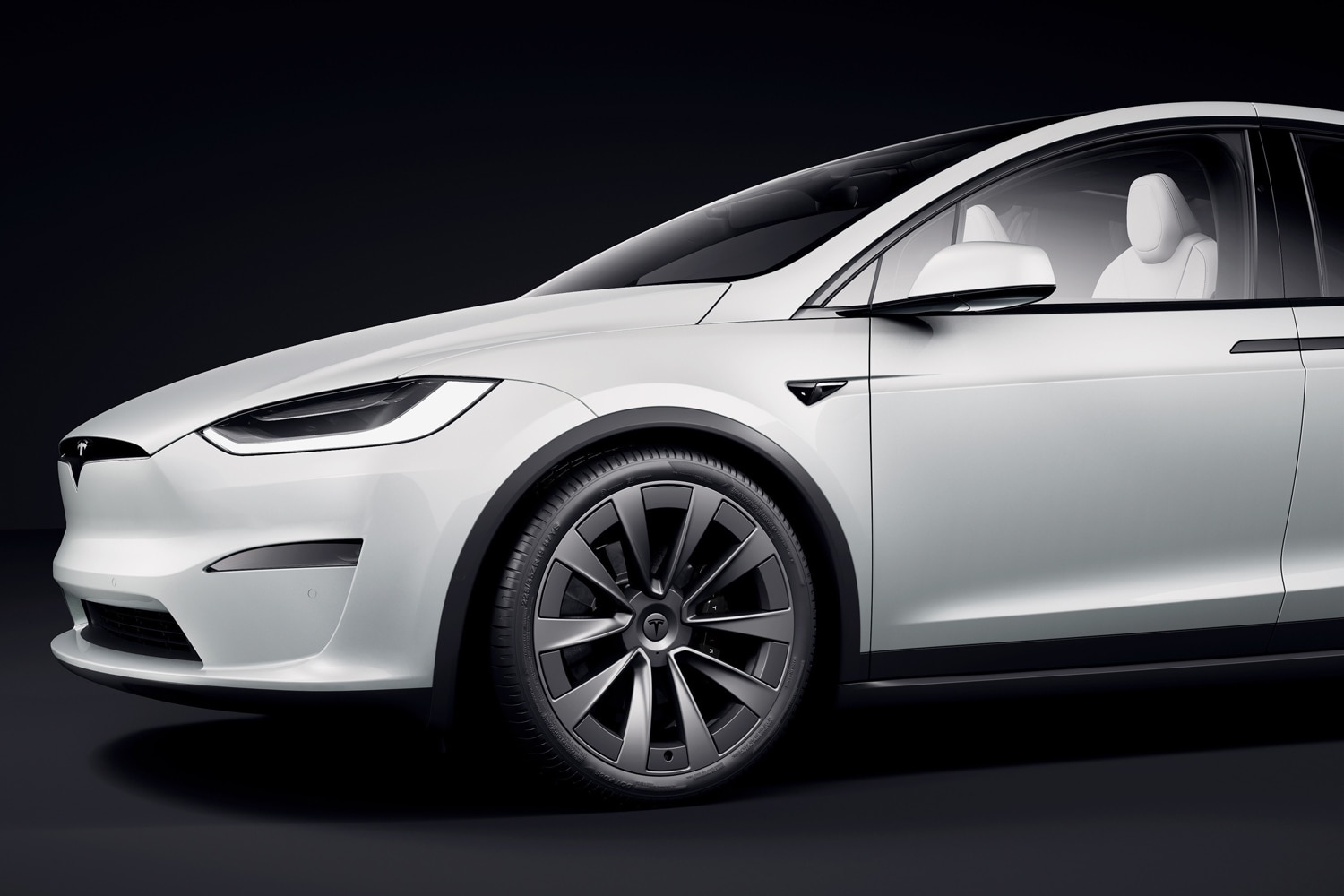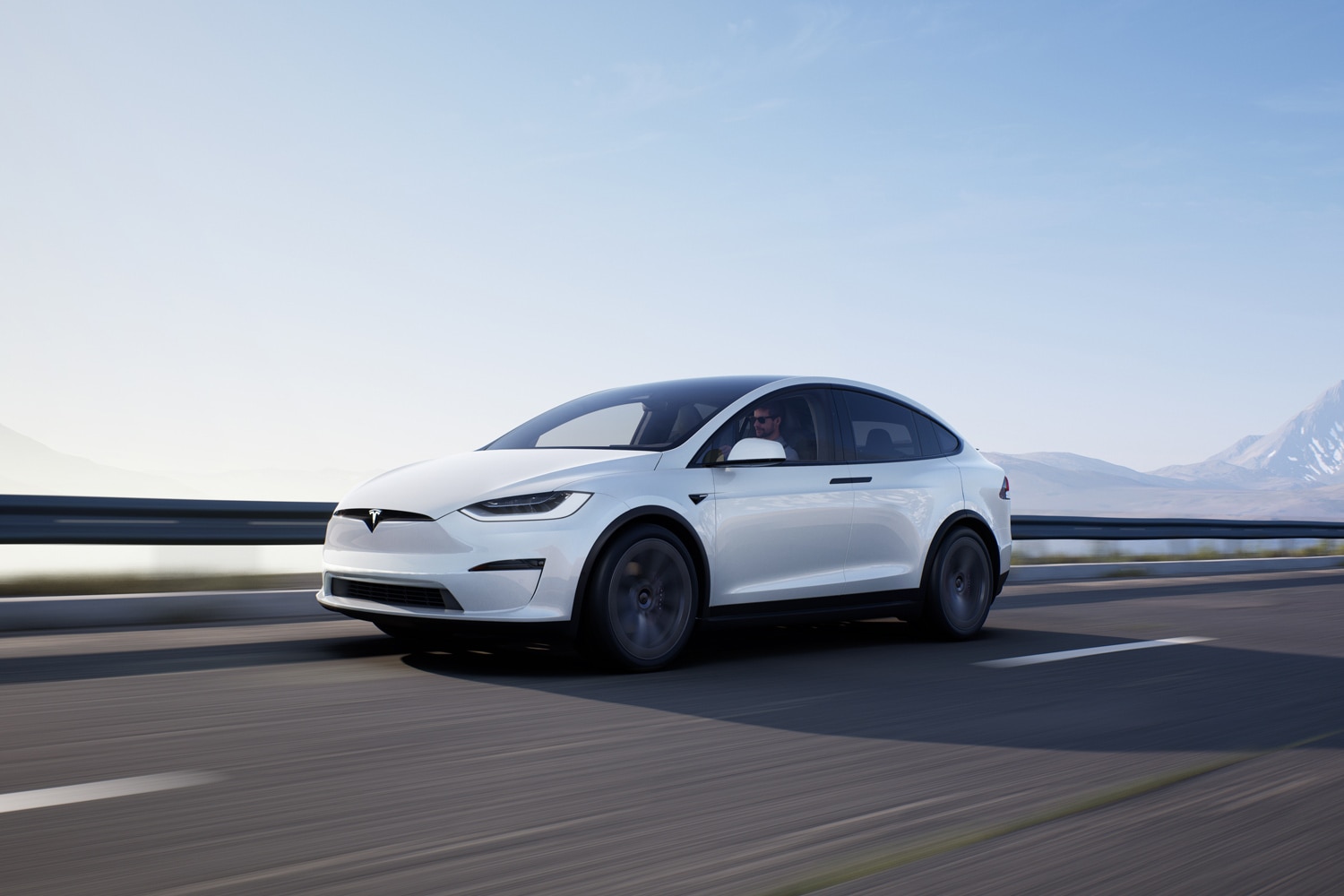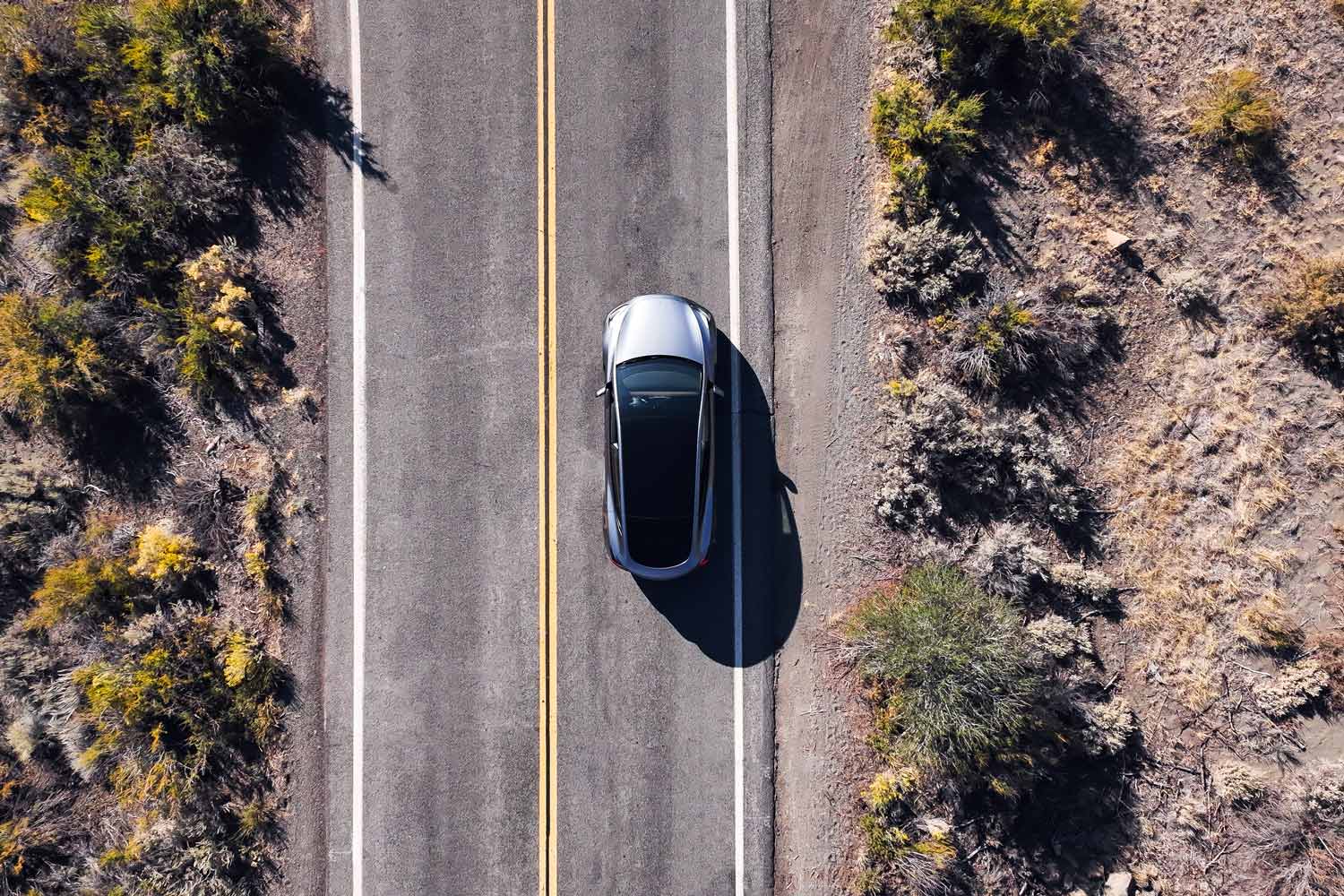What to Look For When Buying Tires for Your Tesla
Choosing the right tires for keeping your Tesla running at its best.
 Tesla
Tesla
Article QuickTakes:
If you own a Tesla or are planning to buy one, choosing the right replacement tires when the time comes is vital for getting the best performance and driving range from the vehicle.
Automakers typically source tires from several manufacturers, based on criteria that can include traction and grip in dry and wet conditions, rolling resistance, braking performance, noise, effect on fuel economy, and tread wear.
 Tesla
Tesla
Tesla's Tires Are Built for a Heavy Load
Tires for Teslas and other electric vehicles must also accommodate the substantial heft of battery packs that can add hundreds of pounds more than similar-sized internal-combustion engine vehicles. That's why — for its Model S, X, Y, and most Model 3 versions — Tesla requires tires with XL load ratings. (In 2022, however, Tesla changed the tire-load rating for the base Model 3 with 18-inch Aero wheels to a lower rating.)
Tires with low rolling resistance help Teslas achieve maximum range on a full charge and also help drivers avoid "range anxiety," the feeling a driver can experience about the mileage an electric vehicle can achieve on a charge. Tiremakers meet this requirement for EVs by using a combination of special tread designs and stiffer compounds.
 Tesla
Tesla
Reducing Tesla Tire Wear and Noise
The higher weight of EVs as well as the high torque that their electric motors produce can accelerate tire wear by about 20% if using a non-EV tire, according to Tesla tire supplier Hankook. Tires for Teslas and other EVs use a stiffer rubber compound to help prevent excessive wear.
Because EVs produce less powertrain noise than their gas-burning counterparts, noise caused by wind and tires becomes more noticeable inside the vehicle. To reduce it, Tesla specifies tires that use noise-attenuation technology, which consists of a layer of acoustic polyurethane foam that lines the tire.
 Tesla
Tesla
Who Makes Tesla Tires?
In addition to Hankook, Tesla sources tires from Continental, Michelin, and Pirelli. These companies offer all-season, performance, and winter tires for Teslas to meet various model requirements.
Tesla's own service centers will use the correct replacement tires. Tire retailers can also order Tesla-specific tires. Many automakers, particularly the makers of luxury and performance cars, require unique brand identifiers on their approved tires. In Tesla's case, it's a T with a zero or another numeral following it.
Tesla owners can choose non-manufacturer-specified EV tires as replacements, although these must still be properly rated for the vehicle. There are benefits to sticking with the tires that came on your Tesla, however. Tests by TireRack, a major online tire retailer, showed that while certain aftermarket tires improved a Tesla Model 3's handling performance, they reduced driving range and generated slightly more noise.
To get the best performance and life from tires on any vehicle, always follow the manufacturer's rotation and tire-pressure recommendations in the owner's manual.



